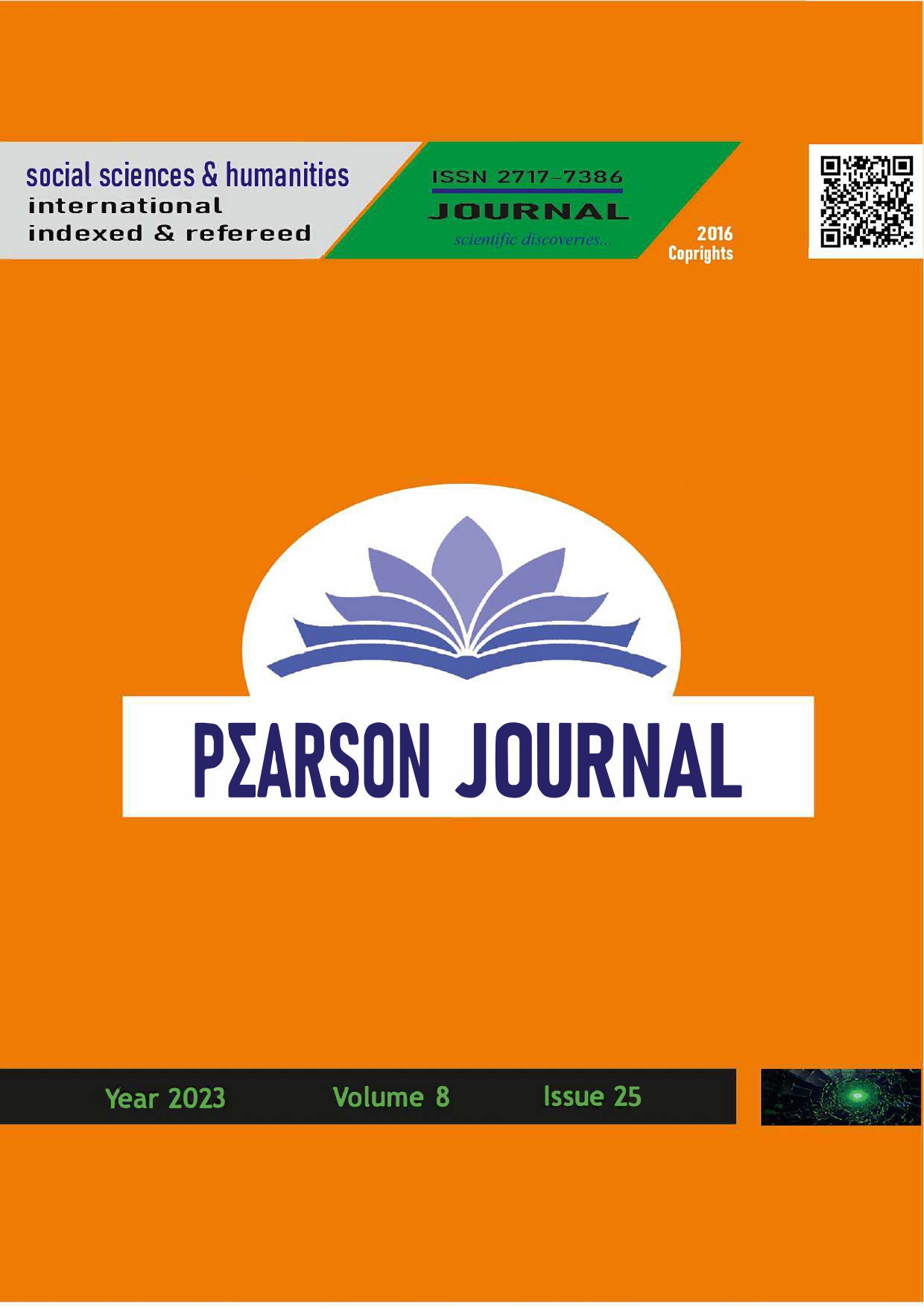Testing The Validity Of De-Industrialization Hypothesis For E-7 Countries: An Empirical Analysis
DOI:
https://doi.org/10.5281/zenodo.8364571Keywords:
Deindustrialization Hypothesis, E7 Countries, Panel Analysis, Causality TestAbstract
The deindustrialization hypothesis means that there is no causal relationship between a country's public expenditures and openness indicators econometrically, which was brought to the literature by Iverson and Cusak (2000). In addition, the concept of deindustrialization is also expressed as the increase in the share of employment in the agriculture and service sectors by decreasing the share of employment in the industrial sector in total employment over the years. In this context, the validity of the deindustrialization hypothesis was tested in the E7 countries (China, India, Brazil, Russia, Mexico, Indonesia and Turkey). ECM (Error Correction Model) panel cointegration test was applied to the series that became stationary with the Hadri-Kurozumi (2012) panel unit root test and it was seen that there was a cointegrating relationship between the variables in the long run. Canning and Pedroni (2008) causality test was applied to test the criterion of no causality relationship between the variables in which the validity of the deindustrialization hypothesis is understood econometrically. According to the findings, it was concluded that the industrialization hypothesis is valid only in Indonesia among the 7 developing countries with rapid growth rates, and the hypothesis is not valid in the other 6 countries, including Turkey.
References
Aidt, T. & Jensen, P. (2009). Tax structure, size of government, and the extension of the voting franchise in western Europe, 1860-1938.
International Tax and Public Finance, 16(3), 362-394.
Aydoguş, I. & Topçu, M. (2013). An investigation of co-integration and causality between trade open¬ness and government size in Turkey. International Journal of Economics and Financial Issues, 3(2), 319-323.
Cameron, D. R. (1978). The expansion of the public economy: A comparative analysis. American Political Science Review, 72, 237–269.
Canning, D. & Pedroni, P. (2008). Infrastructure, long-run economic growth and causality tests for cointegrated panels. The Manchester School, 76(5), 504-527.
Ceylan, S. & Şahin, B. Y. (2018). Kamu büyüklüğü dışa açıklık ilişkisinin analizi: Türkiye örneği, Yönetim ve Ekonomi Dergisi, 25( 2), 501-511.
Cusack, T. (1997). Partisan politics and public finance: Changes in public spending in the industrialized democracies 1955-1989, Public Choice, 9(3-4). 375-395.
Dasgupta, S. & Singh A. (2006), Manufacturing, services and premature deindustrialization in developing countries, Helsinki United Nations University Research Paper, No. 2006/49.
Dreher, A., Sturm, J. E. & Ursprung, H. W. (2008). The impact of globalization on the composition of government expenditures: Evidence from panel data. Public Choice, 134(4), 263-292. doi: 10.1007/ s11127-007-9223-4
Duarte, M. & Restuccia D. (2010), The role of the structural transformation in aggregate productivity, The Quarterly Journal of Economics, 125(1), 129-173.
Erataş, F. & Uysal, D. (2014). Çevresel Kuznets eğrisi yaklaşımının BRICST ülkeleri kapsamında değerlendirilmesi. İktisat Fakültesi Mecmuası, 64(1), 1-25.
Felipe, J., Leon-Ledesma, M., Lanzafame, M. & Estrada G. (2009). Sectoral engines of growth in developing Asia: Stylised facts and implications, Malaysian Journal of Economic Studies, 46(2), 107-133.
Granger, C. W. (1969). Investigating causal relations by econometric models and cross-spectral methods. Econometrica: Journal of the Econometric Society, 424-438.
Gül, E., Ekinci, A. & Konya S. (2009). Türkiye’de İstihdam Politikaları: Yapısal Bir Analiz, Bursa: Ekin.
Güney, A. & Balkaya, E. (2018). Kamu harcamaları ve ticari açıklığın işsizlik ve genç işsizliğe etkisi, Sinop Üniversitesi Sosyal Bilimler Dergisi, 2(2). 49-74. DOI:10.30561/sinopusd.475574
Hadri, K. & Kurozumi, E. (2012). A simple panel stationarity test in the presence of serial correlation and a common factor. Economics Letters, 115 (1), 31-34.
Iversen, T. & Cusack, T. (2000). The causes of welfare state expansion: Deindustrialization or globalization? World Politics, 52(3), 313-349.
Johnston, B. F. & Nielsen S. T. (1966). Agricultural and structural transformation in a developing economy, Economic Development and Cultural Change, 14(3), 279-301.
Meçik, O. & Afşar, M. (2015). Ekonomide sanayisizleşme ve OECD ülkelerine etkileri, Hacettepe Üniversitesi İktisadi ve İdari Bilimler Fakültesi Dergisi, 33(2), 85-111.
Mıhçı, H. (1998). Kalkınmanın örüntüleri yaklaşımı ve Türkiye ekonomisindeki kalkınma örüntüleri: 1950-1994, Ekonomik Yaklaşım, 9(28), 65-96.
Pesaran, M. H., & Yamagata, T. (2008). Testing slope homogeneity in large panels. Journal of Econometrics, 142(1), 50-93.
Reis Mourão, P. (2007). Has trade openness increa¬sed all portuguese public expenditures? A detailed time-series study. Financial Theory and Practice, 31,(3), 225-247.
Rodrik, D. (1998). Why do more open economies have bigger governments? Journal of Political Economy, 106, 997-1032.
Rowthorn, R. & Coutts K. (2004), De-industrialization and the balance of payments in advanced economies, United Nations Conference on Trade and Development, Discussion Papers, No. 170.
Rowthorn, R. & Ramaswamy R. (1999). Growth, trade, and deindustrialization, IMF Staff Papers, 46-1, Washington D.C
Sener, S., Bayrakdar, S. & Hacioğlu, V. (2015). The analysis for the validity of compensation and ef¬ficiency hypotheses in Turkey between 1975 and 2013. Procedia-Social and Behavioral Sciences, 195, 624-631. doi: 10.1016/j.sbspro.2015.06.143
Westerlund, J. (2007). Testing for error correction in panel data. Oxford Bulletin of Economics and Statistics, 69(6), 709-748.
Downloads
Published
How to Cite
Issue
Section
License
Copyright (c) 2023 PEARSON JOURNAL

This work is licensed under a Creative Commons Attribution 4.0 International License.



